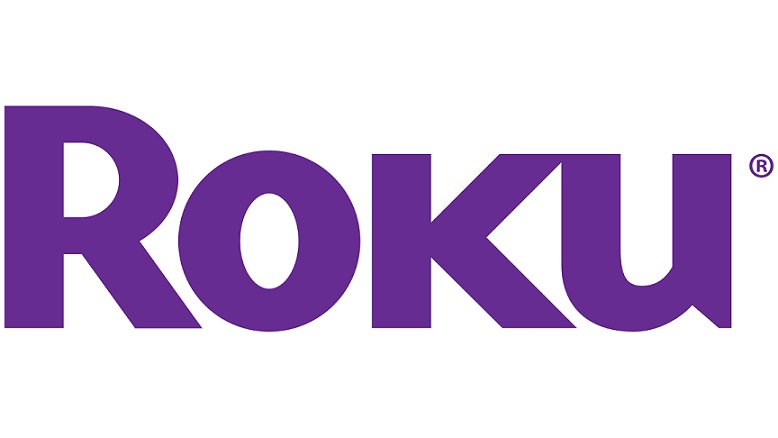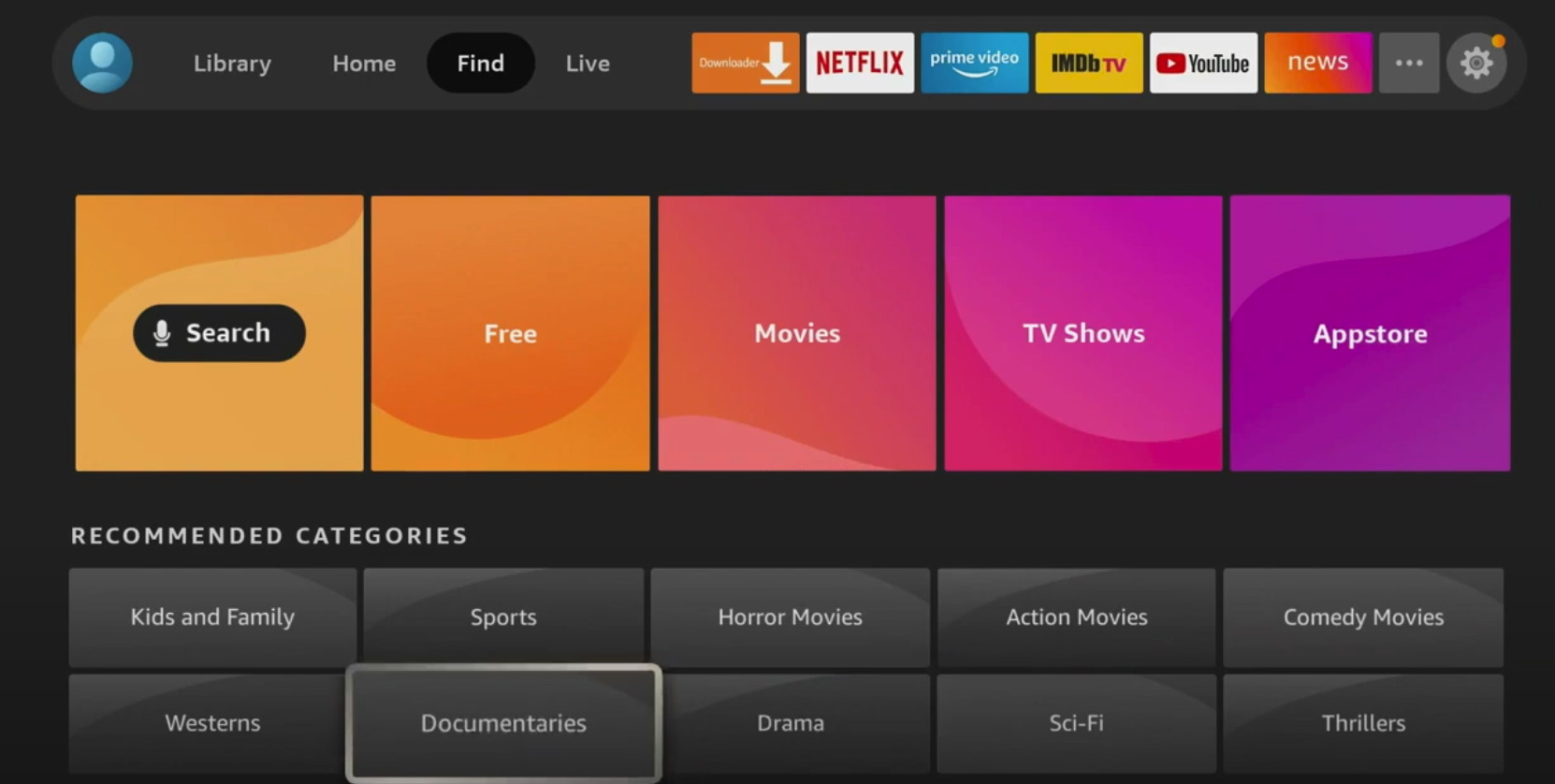Roku has been on the scene as long as cord-cutting has been a thing. It may have even played a part in making the idea of not having cable mainstream. Long before there was a Fire TV, Google Chromecast, Android TV OS, Apple TV with an app store or streaming on XBOX and Playstation Roku was making streaming easy for new users by providing a straightforward device that hooked up to a TV, connected to the Internet and let people watch free and subscription-based content from the Internet. Its original devices are clunky by today’s standards and featured a row of streaming options users navigated with a left to right carousel of options. There was no unified search or grid-based UI. Heck, its first box originally only came out in order to play Netflix. But its early products got people used to the idea. They were easy to understand, came with a simple remote that has barely changed which eschewed the giant 1000 button monstrosities that cable systems distribute. People now understand that if you want to drop cable or even keep it and add lots of cool options to your TV viewing you can hook up a little box or streaming stick and be streaming in about 10 minutes.
That is what most people think of when they hear the term Roku. Others may hear it and just think 6 because the word Roku means 6 in Japanese. But Roku has been working for years now to become an important player in another field. Audio performance. In 2018 Roku announced it was launching wireless speakers. Believe it or not, this was not the first Roku audio product as Roku has been in the audio business almost as long as it has been in the video business. Why? Because they go hand in hand. And unfortunately, as TV’s get bigger and thinner the capacity for speakers shrinks as well, especially for entry-level TVs. When we say entry-level what we mean is the kind of TV that you buy on sale on Black Friday. Something the real average American can afford because you had a good month or got a small raise. $200.00-$350.00. Heck for that price you can get a 4k TV nowadays. But the problem is that they have large pretty screens and small speakers. And unlike TV’s from the last era the speakers are usually in the back of the rectangle instead of the front.
Our old CRT TVs, better known as square ones, were monstrously heavy, ran hot and were hardly capable of creating a true home theater experience. But they had pretty good speakers for the time. Entry-level TV’s often featured stereo sound built-in. For the best experience of course one could purchase a speaker system with a receiver, a subwoofer, large speakers for the front of the room, speakers for the back of the room and then spend a good few hours behind the TV, under the house, in the attic or wherever you decided to run wires, with a drill and a flashlight dropping cords and praying that once this was all done you could take a shower and watch The Empire Strikes back with John Williams booming through the room in a way that lived up to his talent as a composer. But you know what? A lot of people did not have time, money or patience for that kind of thing. At my home growing up my father rigged up some kind of system using a 1970s era stereo system that routed the large speakers through our VCR as a stand-in receiver and then to the TV etc. I believe you had to basically turn on the VCR and TV and watch the cable TV through the VCR in order to get it all to work. It was cool, but drove my best friend crazy when he came over to watch wrestling.
The move to HDMI as a standard not only paved the way for Roku to make it simple to set up streaming devices but allowed companies to design much easier to integrate soundbars and audio systems directly into TVs using the new ports. Plug it in, the end. Was this as good as having a big system? Nope. But was it a lot better than not having a soundbar? Yep. This is where Roku saw an opening. There are people who would happily invest $40k on a fully customized audio system professionally installed in a dedicated home theater room. But that is not what most people do. It’s really cool though. Mant people have a few TVs with the best one sitting in the living room. And they have little time to run wires all over the house. Nor do they have $10,000 to drop on a receiver alone. They want to turn on the TV and for it to just work. And they want any sound system to be the same way. That’s what Roku has been building for the last 4 years, piece by piece. Starting with its original wireless speakers Roku sought to make things easy to set up. Plug it in, and press a button. Now you have new better speakers. It then moved further with the Roku Soundbar, which combined both a Roku media player and a soundbar. On its own, it provides a major step up in audio vidual performance and when plugged into an HDMI ARC port it allows everything on the TV to take advantage of its capabilities. A subwoofer, which was introduced in 2019 continued Roku’s march to be the easiest choice in audio. Roku also plays nice with numerous partners through a program called Roku Ready. Would you rather invest in a Bose system? Feel free. Roku works with Bose and a number of other companies to make integrating 3rd party technology as easy as its own.
This kind of focus is a very different approach than that of other companies in streaming. None of its competitors have anything that approaches it. Does the $40k system sound better? Yes. But do you have 40k to spend on audio performance? To those who can answer yes, congratulations, and can we hang out? But Roku knows its customers. There is a reason many Roku-powered TVs are found at stores like Target and Walmart. Because that’s where the majority of people shop. And providing a product for the average American is a good bet. Would I be surprised if one day Roku announces that there is a super premium brand that has partnered with it? No. Everybody likes easy. But Roku is sort of democratizing the audio experience. Recently Roku announced that its latest OS update would support the addition of two more of its wireless speakers for a total of 4 speakers to go along with the subwoofer and soundbar.
Each of Roku’s audio components sells for an approachable price. With the addition of just a soundbar for $179.00 or $129.00 for the smaller Streambar users get an immediate upgrade. $149.00 for the two speakers alone changes your experience. Roku allows users to build their experience as they go or even make a splurge without getting a new car loan. For instance. $626.00 gets you a soundbar, two rear speakers and a subwoofer. $775.00 for the new 4 speaker set up. And the thing is that they can all be used without the other. Users don’t need the soundbar to use the speakers and vice versa. Once set up they work with video games, Blu-ray players and anything else plugged into the TV. It even works with which ever TV you already have.
Here is the crazy part. If you get the entire system out of the box. 4 speakers, subwoofer and Sounds bar guess how long it takes to hook it all up? About 5 minutes longer than it takes to set up your streaming channels. Because once the soundbar is in place all a user has to do is plug the rest of the speakers into outlets (yes they still require at least one cord) and press the home button, select their component and let it do its work. That’s it. No integrator needed, no military crawls under the floor, no shoving wires through insulation. Anybody can set the whole thing up while sitting on the couch sipping a Coke, Iced Coffee or whatever suits you.
The audio sector better get ready to see a lot more of Roku, because if the growth of its streaming player line, and the Roku Channel, which now features its own exclusives and originals, and its live TV component and its search capabilities, you can bet that Roku is only just getting started in this part of the entertainment space. What’s coming next. We’ll keep you posted.





